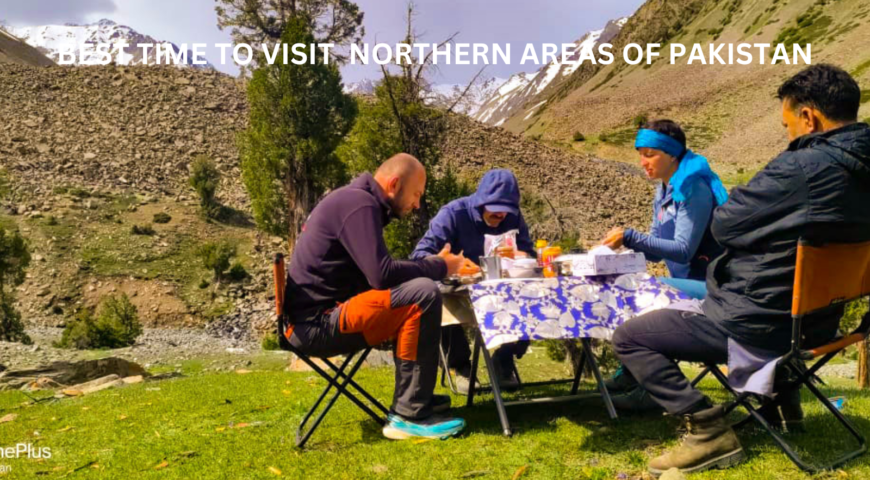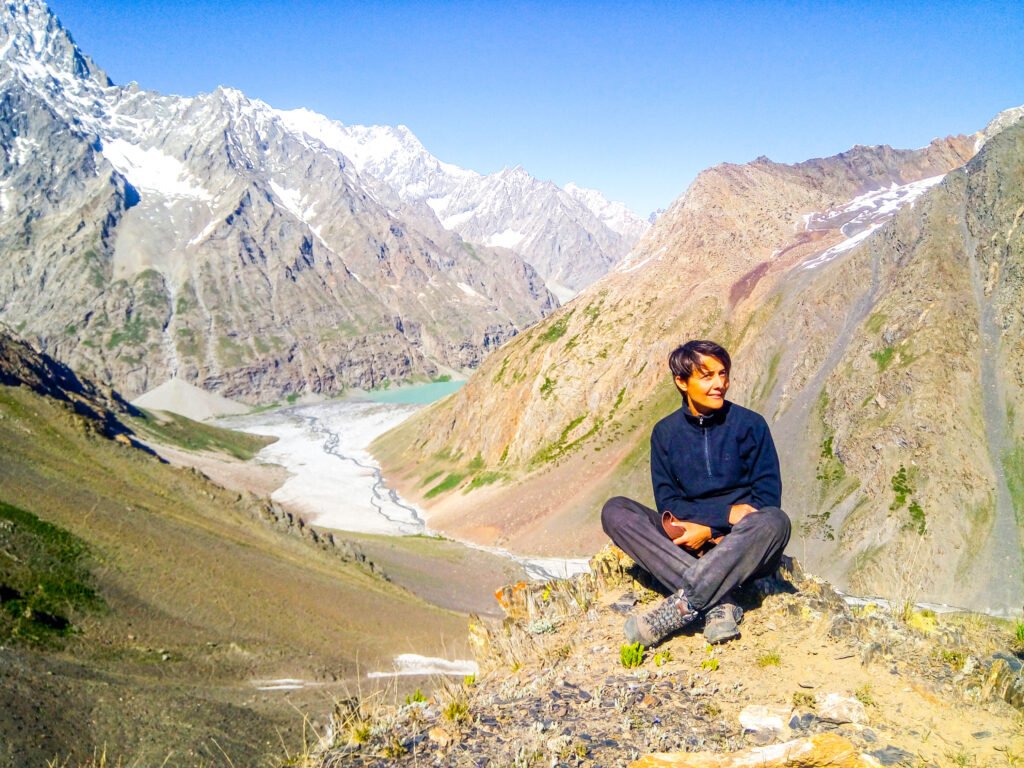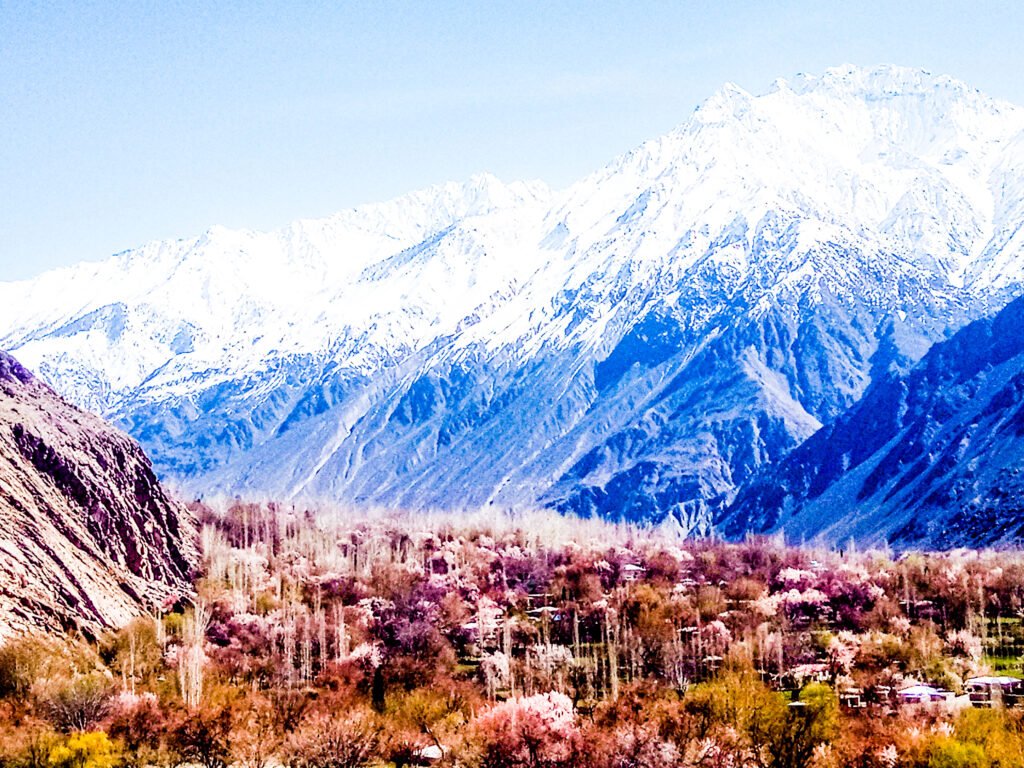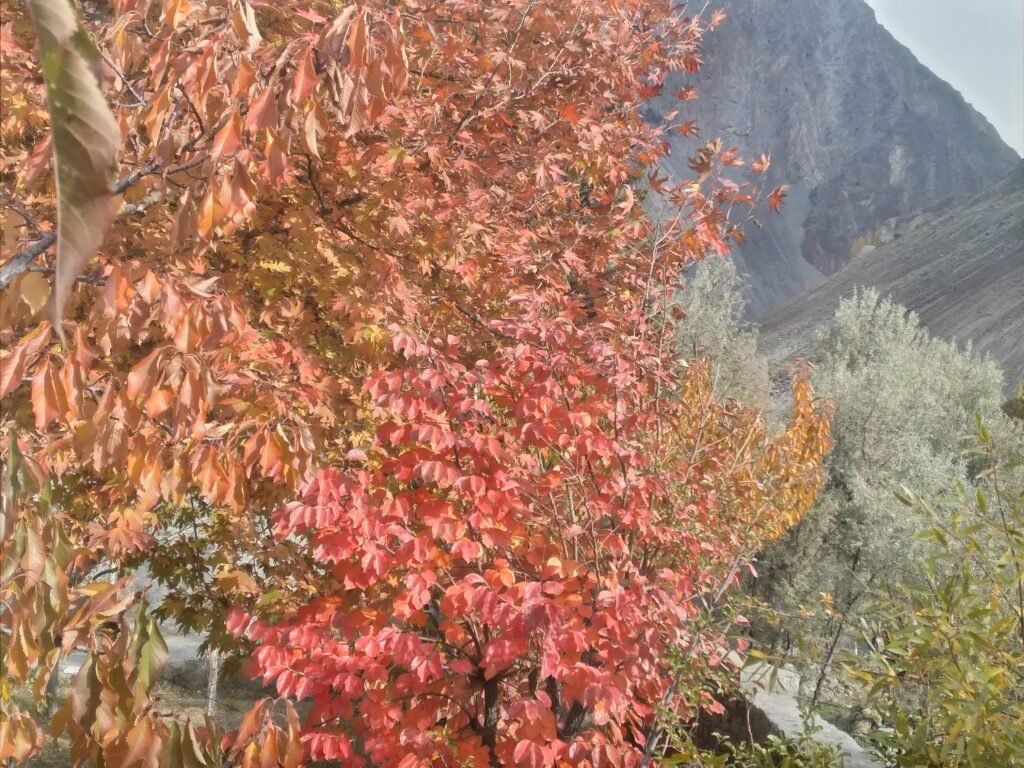
Best Time to Visit Northern Areas of Pakistan: Your Favorite things to Do all 4 Seasons
The northern areas of Pakistan are known for their breathtaking landscapes, towering peaks, lush valleys, and cultural richness. From the serene lakes of Skardu to the majestic mountains of Hunza, these regions offer something for every traveler. But when is the best time to visit this paradise? In this guide, we will break down the seasons, weather conditions, and factors to consider when planning your trip to the best time to visit northern areas of Pakistan. Whether you’re seeking outdoor adventure, cultural exploration, or peaceful retreats, the timing of your trip can make all the difference.
Why Timing Matters for Visiting Northern Pakistan?
Before diving into the best time to visit, it’s important to understand that the northern areas experience distinct weather patterns throughout the year. The region is home to some of the world’s highest peaks, including K2, and varies greatly in altitude, so the weather can change dramatically depending on where you are.
Road accessibility, snowfall, and local festivals can impact your travel experience. While summer is ideal for outdoor activities, winter is a dream for snow lovers and those who want to experience a more quiet, magical side of the mountains. Let’s explore the best seasons in more detail.
The Best Seasons to Visit the Northern Areas of Pakistan for Trekking

1. Summer (June to September)
For most travelers, summer is the best time to visit northern Pakistan. The months from June to September bring pleasant weather, clear skies, and open roads, making it ideal for sightseeing, trekking, and exploring the valleys.
What to Expect in Summer
- Temperature: In most northern areas like Hunza, Skardu, and Gilgit, temperatures range between 15°C to 30°C during the day, with cooler evenings.
- Activities: Summer is perfect for trekking, hiking, camping, and exploring the beautiful valleys, lakes, and rivers. The famous Shandur Polo Festival, held in July, is a major tourist attraction.
- Highlights: This is also the best time to visit high-altitude destinations like Deosai National Park, Fairy Meadows, and the Karakoram Highway. The lakes, such as Attabad and Saif-ul-Malook, are at their most vibrant during this time.
Pros of Visiting in Summer
- Ideal Weather: Pleasant weather for outdoor activities and scenic views.
- Festivals: Enjoy local cultural events and festivals.
- Open Roads: All major routes and highways, including the Karakoram Highway and Babusar Pass, are accessible.
Cons of Visiting in Summer
- Crowds: Summer attracts both local and international tourists, so expect busier hotels and tourist spots.
- Higher Prices: Due to the influx of visitors, accommodation and travel costs can be higher.
2. Spring (March to May)
Spring is another great season to visit northern Pakistan, especially if you prefer fewer crowds and want to witness nature blooming back to life after winter.

What to Expect in Spring
- Temperature: Temperatures during spring range between 10°C to 25°C. The air is crisp, and the landscapes are lush and green as the snow begins to melt.
- Activities: Spring is perfect for hiking in the lower-altitude valleys, sightseeing, and enjoying the natural beauty of blossoming cherry and apricot trees in places like Hunza and Nagar.
- Highlights: The famous Hunza Cherry Blossom Festival usually occurs from late March to early April, offering a colorful spectacle against snow-capped peaks.
Pros of Visiting in Spring
- Fewer Tourists: Enjoy a quieter experience with fewer crowds compared to summer.
- Natural Beauty: Witness blooming flowers and greenery throughout the valleys.
Cons of Visiting in Spring
- Unpredictable Weather: Spring can sometimes bring unexpected rain or cold spells, particularly in the higher-altitude areas.
- Limited Access: Some high-altitude areas like Deosai Plains may remain closed due to snow.
3. Autumn (September to November)

Autumn is often considered the most magical time to visit northern Pakistan. The fall colors transform the valleys into a stunning red, orange, and gold palette.
What to Expect in Autumn
- Temperature: The temperatures in autumn are cooler, ranging between 5°C to 20°C, depending on the location and altitude.
- Activities: Autumn is perfect for photography, trekking, and experiencing the rich colors of the season. It’s also an excellent time for cultural exploration, as many locals prepare for the upcoming winter months.
- Highlights: Places like Hunza and Phander Valley are famous for their autumn landscapes, with the leaves changing colors against a backdrop of towering peaks.
Pros of Visiting in Autumn
- Stunning Scenery: The autumn foliage is a major draw for photographers and nature lovers.
- Mild Weather: Enjoy pleasant days and crisp evenings without the extreme cold of winter.
Cons of Visiting in Autumn
- Shorter Days: As autumn progresses, daylight hours shorten, giving you less time for outdoor activities.
- Cold Nights: Nights can get chilly, especially at higher altitudes, so pack accordingly.
4. Winter (December to February
Winter in northern Pakistan is a time of tranquility and beauty, but it’s not for everyone. Heavy snowfall, closed roads, and freezing temperatures make travel more challenging, but for those who enjoy snow and winter sports, it’s a dream come true.

What to Expect in Winter
- Temperature: Temperatures can drop well below freezing, particularly in high-altitude areas. In Skardu and Gilgit, the daytime temperatures range between -5°C to 10°C.
- Activities: Winter sports like skiing, snowboarding, and snow trekking are popular in areas like Malam Jabba and Naltar Valley. Winter is also a good time to visit the snow-covered Hunza Valley for a more serene experience.
- Highlights: Deosai National Park and Fairy Meadows are transformed into snowy wonderlands, offering stunning winter landscapes.
Pros of Visiting in Winter
- Quiet and Peaceful: Enjoy a more tranquil experience with very few tourists.
- Snowy Landscapes: Perfect for snow lovers and winter sports enthusiasts.
Cons of Visiting in Winter
- Road Closures: Many roads, including Babusar Pass and Shandur Pass, are closed due to heavy snowfall, limiting access to certain areas.
- Harsh Conditions: The cold can be extreme, so it’s important to be well-prepared for the weather.
Local Festivals and Cultural Even
One of the best ways to experience the local culture of northern Pakistan is by attending festivals that take place throughout the year. Depending on the time of your visit, you may get to experience:
- Shandur Polo Festival (July): Held at the highest polo ground in the world, this festival attracts visitors from all over the globe.
- Hunza Cherry Blossom Festival (March-April): Celebrating the arrival of spring, this festival is a photographer’s dream.
- Babusar Polo Festival (August): Another famous polo event held near Babusar Pass, showcasing local traditions and sports.
When Should You Visit the Northern Areas?
The best time to visit the northern areas of Pakistan largely depends on your preferences and the type of experience you’re seeking. For adventure enthusiasts and trekkers, summer (June to September) is ideal due to the mild weather and open roads. If you prefer fewer crowds and want to witness the stunning cherry blossoms, spring (March to May) is your best bet. For photographers and nature lovers, autumn (September to November) offers breathtaking fall colors. And if you’re a fan of snow and winter sports, then winter (December to February) will provide you with a unique and peaceful experience.
Conclusion
Northern Pakistan is a destination that can be visited year-round, with each season offering its unique beauty and attractions. Whether you’re trekking through lush valleys in the summer, marveling at the autumn foliage, or enjoying a peaceful winter retreat, the northern areas have something for everyone. Planning your visit based on the season will ensure you get the best out of this incredible region. So, read this post the best time to visit northern areas of Pakistan which will help you to find your best season.
Ready to plan your trip to Northern Pakistan? Let Discover Pakistan help you create the perfect itinerary! Whether it’s trekking in summer, chasing cherry blossoms in spring, or enjoying a snowy escape in winter, we’ve got you covered. Visit our website and start planning your adventure today with Discover Pakistan
